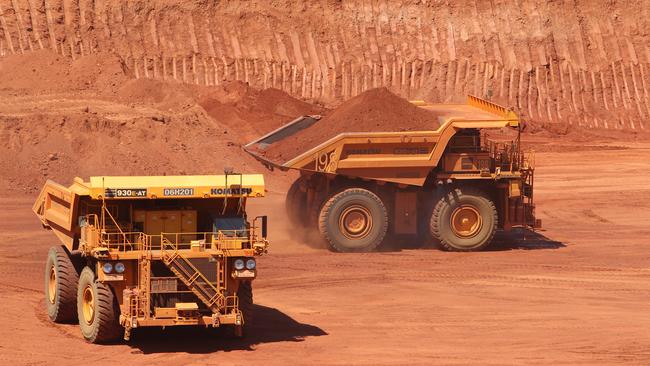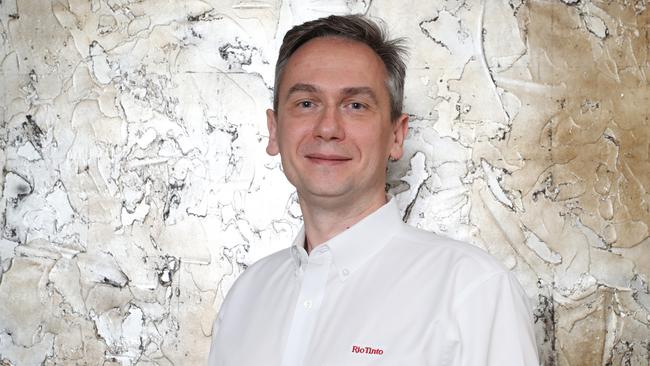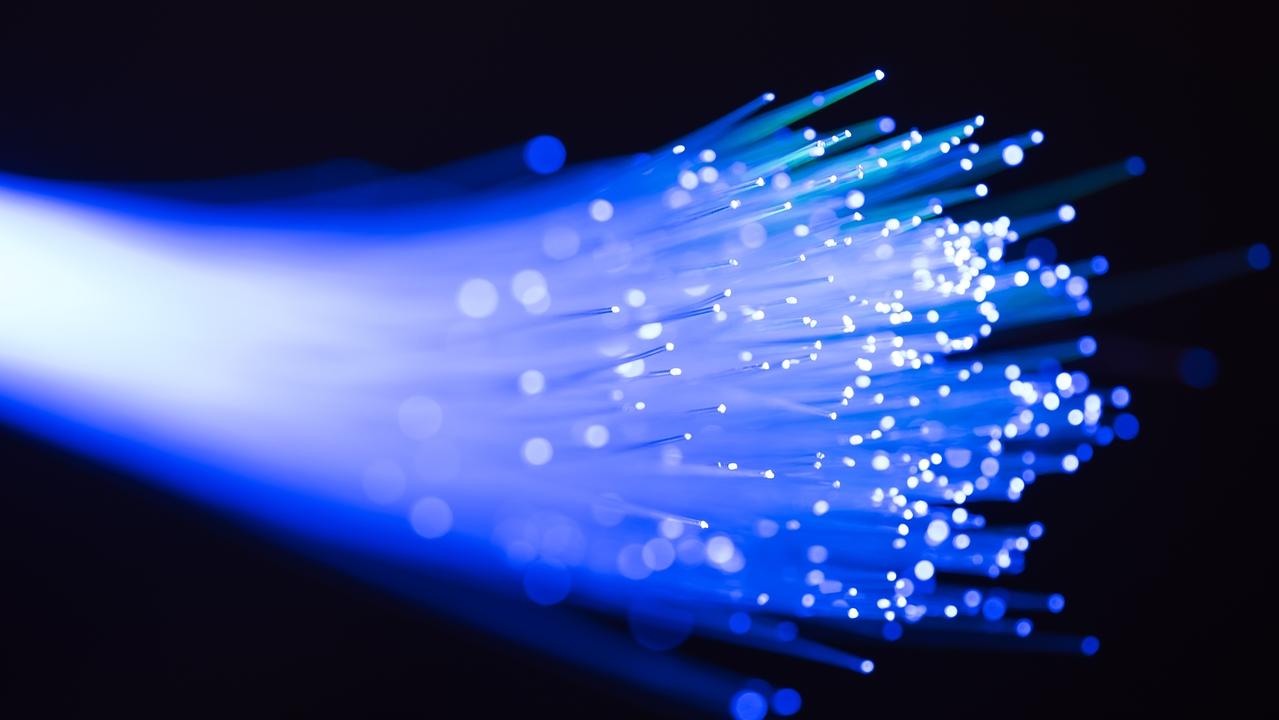Driverless trucks just the start, as Rio chief lays out robo vision of mining’s future
THE digital revolution at mine sites is only just getting started with robotic technology to take over in many areas, the chief of Rio Tinto predicts.
Business
Don't miss out on the headlines from Business. Followed categories will be added to My News.
THE digital revolution at mine sites is only just getting started with driverless trucks set to be joined by autonomous ships and deep-sea mining robots, the chief of Rio Tinto predicts.
Jean-Sebastien Jacques is also set to declare the mining sector “one of the least trusted” industries on the planet, an unfair perception it must change if it is to attract the best and brightest young talent.
The chief of the Anglo-Australian mining giant will deliver the blunt assessment in his keynote address to the International Mining and Resource Conference (IMARC) to be delivered in Melbourne today.
RIO TINTO CALLS FOR COMMON GROUND IN TRADE STOUSH
BHP JOINS RIO TINTO IN DELIVERING BUMPER PAYOUTS
“We need to change the barbeque conversation,” Mr Jacques will tell the conference.
“Mining is absolutely vital and this won’t change any time soon. But I hate to tell you, our industry is one of the least trusted on the planet.
“And unfortunately, that is a mainstream idea.”

In the speech, Mr Jacques singles out the blockbuster film Avatar — in which humans violently colonise a foreign planet in order to mine it — as an example of how the public views the industry.
“We need to take a page from our friends in Silicon Valley,” he will say. “We shouldn’t be talking about the hardware or software of our products — the iron ore and the copper — but rather how they help people to live better lives.”
Mr Jacques will tell the annual event that, although new technologies had already changed the mine site as Rio has led the industry in rolling out driverless trucks and trains and remote operating centres, the greatest disruption is yet to come.
“I have absolutely no doubt in my mind that digital and data will be the fundamental game-changer in our industry,” he will say.
“From drones that perform in-situ scanning, to deep-sea robots that mine underwater, to water-neutral processing that removes the need for slurry ponds … digital and data will touch every part of the industry’s value chain.
“There is no doubt we have changed, and modernised … but we have not changed to the same extent that we have seen other industries reinvent themselves: the car industry, aerospace, healthcare, media.”

Mr Jacques will say Australia is the “innovation hub” of the global mining industry which is why Rio has decided to launch a new laboratory in Brisbane tasked with coming up with new ways of doing things.
Meanwhile, Rio on Monday revealed its tentative deal to sell its stake in its Simandou iron ore mine in Africa to China’s Chinalco for between $US1.1 billion to $US1.3 billion had lapsed after two years of talks.
“Rio Tinto and Chinalco ... will continue to work with the government of Guinea to explore other options to realise value from the world-class Simandou iron ore deposit,” Rio said yesterday.
The IMARC gets underway as new numbers show the world’s biggest miners are lifting spending for the first time in half a decade.
Capital expenditure among the 10 largest metals and mining companies — a sample which includes Rio and BHP Billiton — is forecast to hit $US35 billion ($49.3 billion) this year, according to Bloomberg.
The level of spending is set to post its first annual rise since 2013.
The value of merger and acquisition activity in the sector has also surged to its highest level in six years, data from Bloomberg shows.


